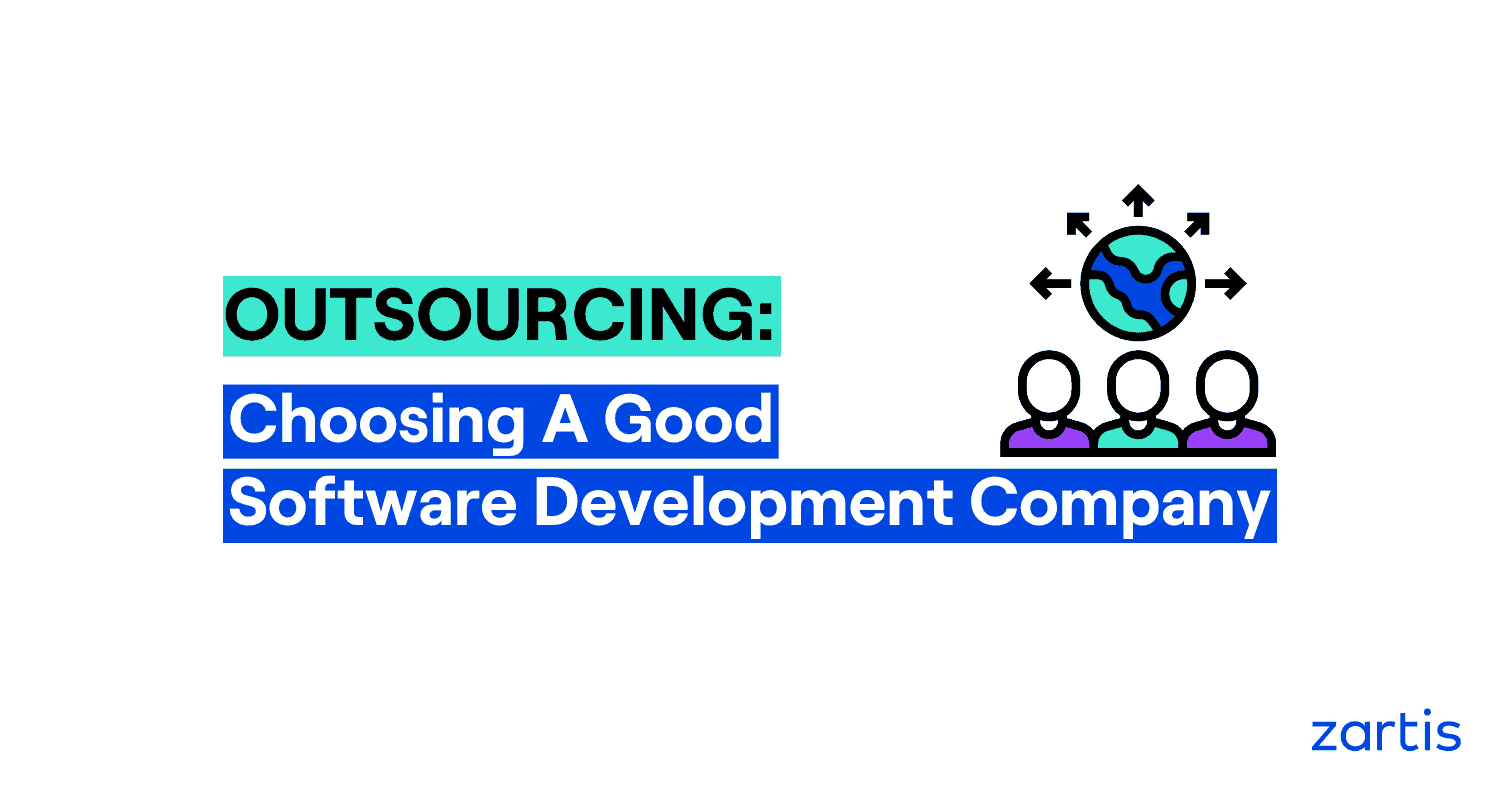Are you on a hunt for good IT outsourcing companies? With so many options on the market these days, finding the right IT provider for your needs can feel like an overwhelming — if not downright impossible — task. At this point, you probably have a ton of questions such as:
- What makes a good software development company?
- Which is the best outsourcing model?
- What is the best (and most cost-effective) software outsourcing country? Should you go for a location in Asia, Eastern Europe, or Latin America? Is Poland better than Argentina? What about Romania? The Philippines?
The short answer to all questions above is that, when looking for an IT services provider, you want a trustworthy partner that will uphold your standards and share your vision, work ethic, and company culture.
And if you want the long answer, keep reading!
Step-By-Step Guide to Choosing an Outsourcing Provider
- Find out which outsourcing model fits your company best
- Shortlist potential service providers
- Qualify shortlisted providers by asking the right questions
- Selection and Continued Collaboration
Step #1: Find Out Which Outsourcing Model Fits Your Company Best
Do you only want local tech talent (onshoring), or are you open to interviewing candidates from a neighboring country (nearshoring)? While both models can deliver high-quality work, nearshoring tends to be more affordable than onshoring in Western Europe or North America. Also, bear in mind that the closer to home you cast your net, the less likely it is that you will find developers with the exact education and experience level you need. If the goal is to fill in the skills gaps in your team, staff augmentation through nearshoring will allow you to tap into a bigger skills pool.
Conversely, if maximizing cost savings is your top priority, you might want to look into offshore software development. Offshore developers have the lowest average hourly rates. Plus, you get to take your pick from a truly global talent pool — but be prepared to deal with cultural and time zone differences and a potential language barrier.
You should also consider your project type. Nearshoring and onshoring are ideally suited to complex, long-term projects that require direct communication and close cooperation with your in-house team in real time. In contrast, offshore software development is a perfect fit for projects that require looser collaboration.
Step #2: Shortlist Potential Service Providers
Where do you find them? A good place to start is good old networking. Reach out to people from the tech industry. Ask them if they can recommend any good software outsourcing companies or if they know how to choose an outsource provider.
Another simple tool: Google. A good tip is to look for specific topics that you need help with, say, modernizing legacy software or mobile applications development. Then, narrow down your search to companies that have expertise in that line of work. If you already know the countries or areas you would like to outsource your development to – look for the best providers in those countries.
How do you know which IT outsourcing companies are good enough? Common telltale signs to look for are:
- Relevant industry experience
- Case studies
- Certifications
- Awards
- Security posture
- Client and employee ratings on sites like Glassdoor
Step #3: Qualify Shortlisted Providers by Asking the Right Questions
Important questions to ask here include:
Business Model
- Does the outsourcing company look like a good fit for my business needs and software development projects?
- If not, can they tailor their services (outsourcing model, collaboration model, team size, etc.) to meet my requirements?
Developer Expertise
- Do their software developers have the expertise needed?
- Are they familiar with the tech stack you’re using?
- Have they worked on similar projects in the past? Do they have a history of successful collaborations with companies similar to yours?
- Are their English language skills up to par?
- What’s the outsourcing company’s approach to training and continuous education of their engineers?
- What are the mechanisms and practices in place to ensure employees are engaged and stay long-term?
Budgeting
- Are they issuing fixed fee contracts or using the time-and-materials model? If the latter, what are their daily or monthly rates per developer? Are there any additional costs to these?
Miscellaneous
- What does the hiring process entail? How do they ensure you get the people for your jobs?
- What is the service provider’s estimated timeline for project kick-off?
- Does the extended development team have all the equipment it needs to do the job?
- What is the service provider’s security policy? Are they GDPR compliant?
Last but not least, don’t forget to also keep an eye out for the cultural fit. Be sure to ask about the company’s vision, values, and what policies it has in place to keep its software engineers happy and engaged.
Step #4: Selection and Continued Collaboration
It’s now time to make your final choice from among your top candidates.
It shouldn’t be too difficult: just remember, a good outsourcing partner is flexible, cooperative, and eager to find a solution that makes you — the client — happy. You should also be confident when it comes to their technical expertise and cultural fit, as well as the engineers’ dedication to your project.
Some red flags to watch out for before deciding on your service provider:
- The service provider’s internal processes seem too rigid and do not leave much room for adjustment to changing client needs or market demands
- The service contract does not reflect what was discussed
Finally, don’t forget that you will end up spending a considerable amount of time working with the provider you choose. What’s more, the future of your product lies, to a great extent, in the hands of your remote software development team. So, make sure you can trust them and are happy to work with them long-term.
How to Choose the Right IT Outsourcing Company: Recap
Global outsourcing has its challenges, from finding a partner you can trust to recruiting quality specialists with the right tech skills for your software development projects.
If you are new to outsourcing, be sure to check out our related articles for insider’s tips and tricks:
- Nearshoring, Offshoring & Onshoring: Outsourcing Examples and Definitions
- Nearshore vs. Offshore Software Development: Which One Is the Better Option?
- What Is the Best Country to Outsource Software Development?
- Case Study of Fexco Drive Setting Up a Nearshore Team
And after that, if you think you could still use some help navigating the complex world of IT outsourcing companies, feel free to contact us.
At Zartis, we specialize in targeted hiring that allows us to assemble a world-class nearshore or offshore development team, integrate it with your in-house staff, and have your project up and running in a matter of just a few short weeks.





